Tails and Tailings of the Kara-Baltin Mining and Processing Plant
Coordinates: Latitude 42°775173 Longitude 73°832779
The Kara-Balta Mining and Processing Plant (KGPP) is the largest enterprise for the processing of uranium-containing ore in Central Asia. It causes colossal harm to the environment, as the burial of radioactive and toxic waste poses the greatest ecological danger.
Four tailings storage facilities in Kara-Balta were actively used from 1955 to 1993. Currently, one of them is periodically used for the storage of non-radioactive gold production waste. The total volume of radioactive waste stored here is about 37 million m³. This is one of the largest radioactive waste tailings storage facilities in the world.
The negative consequences of the operation of this enterprise include elevated radiation gamma background, as well as contamination of drinking water, atmospheric air, soil cover, and underground and surface waters.
Radiation measurements show that the radiation hazard poses a threat to people only at the tailings themselves. Nevertheless, there is a threat to human health. The burial sites are located within a kilometer of residential areas in the city. Given the dry state of the "tails" and the lack of a protective screen, it is expected that radon gas will be dispersed from the "tailings" mass. The prevailing wind here is from the east. Consequently, the gas will move towards residential houses.
The harmful effects of uranium in the case of its processing at KGPP may affect not only Kara-Balta but also the nearby villages of Alexeyevka and Voznesenovka. Groundwater from KGPP flows directly to them. People mainly use drinking water from street wells.
To mitigate the damage caused to nature and humans, multiple attempts must be made, as the problem of radioactive waste disposal cannot be resolved due to the physical laws of nature.
The Kara-Balta Mining and Processing Plant (KGPP) is the largest enterprise for the processing of uranium-containing ore in Central Asia. It causes colossal harm to the environment, as the burial of radioactive and toxic waste poses the greatest ecological danger.
Four tailings storage facilities in Kara-Balta were actively used from 1955 to 1993. Currently, one of them is periodically used for the storage of non-radioactive gold production waste. The total volume of radioactive waste stored here is about 37 million m³. This is one of the largest radioactive waste tailings storage facilities in the world.
The negative consequences of the operation of this enterprise include elevated radiation gamma background, as well as contamination of drinking water, atmospheric air, soil cover, and underground and surface waters.
Radiation measurements show that the radiation hazard poses a threat to people only at the tailings themselves. Nevertheless, there is a threat to human health. The burial sites are located within a kilometer of residential areas in the city. Given the dry state of the "tails" and the lack of a protective screen, it is expected that radon gas will be dispersed from the "tailings" mass. The prevailing wind here is from the east. Consequently, the gas will move towards residential houses.
The harmful effects of uranium in the case of its processing at KGPP may affect not only Kara-Balta but also the nearby villages of Alexeyevka and Voznesenovka. Groundwater from KGPP flows directly to them. People mainly use drinking water from street wells.
To mitigate the damage caused to nature and humans, multiple attempts must be made, as the problem of radioactive waste disposal cannot be resolved due to the physical laws of nature.

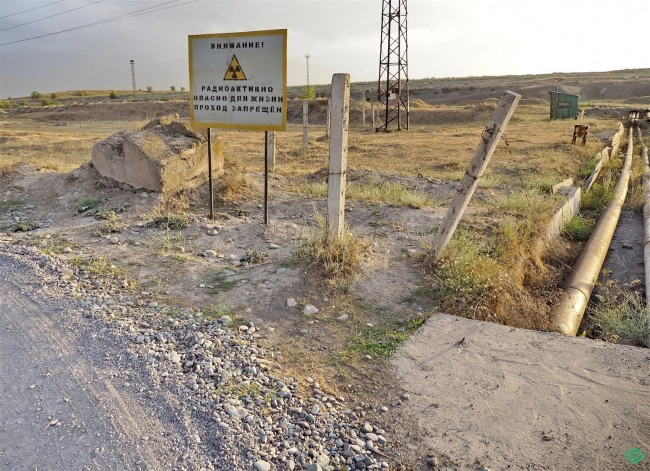


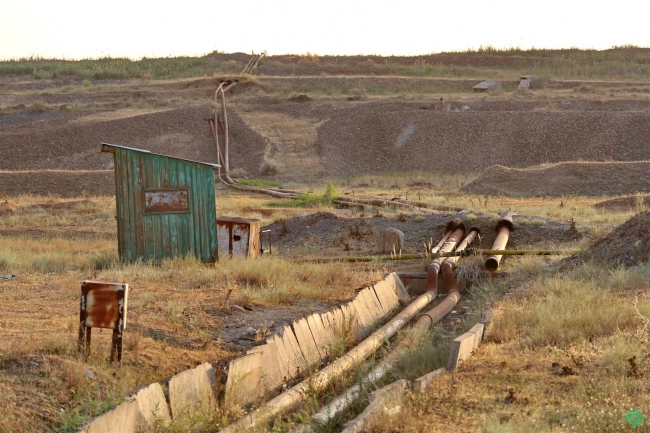
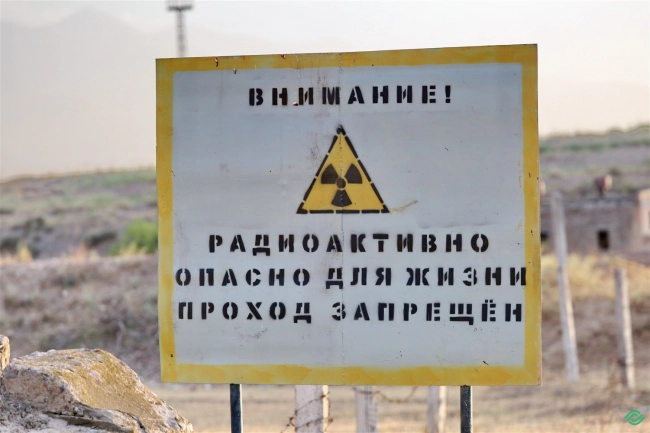

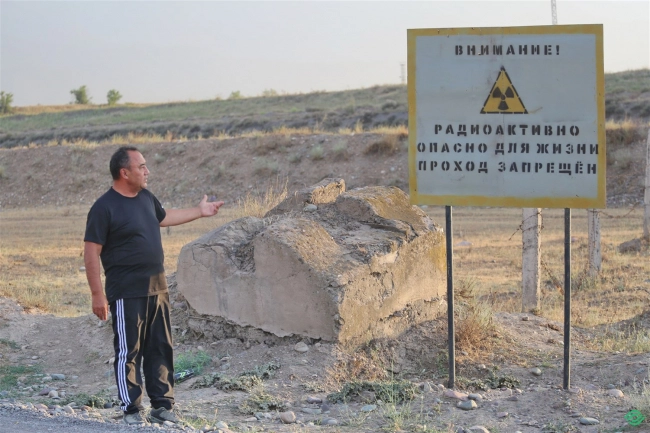
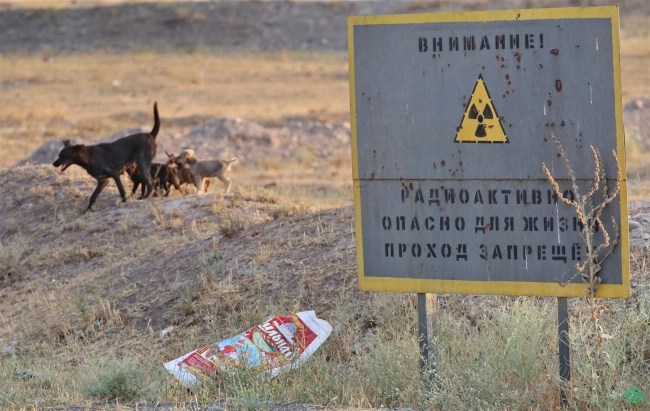

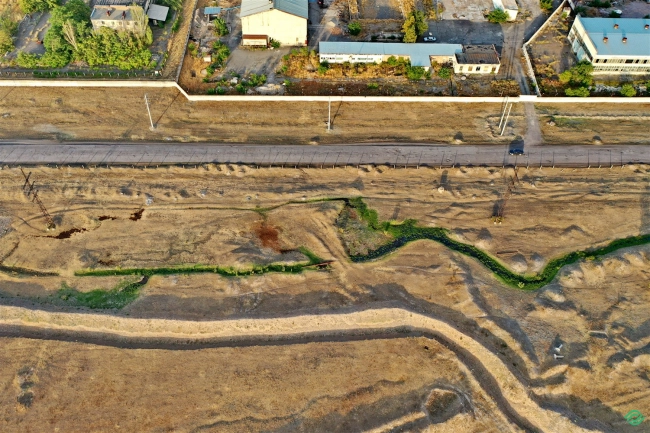
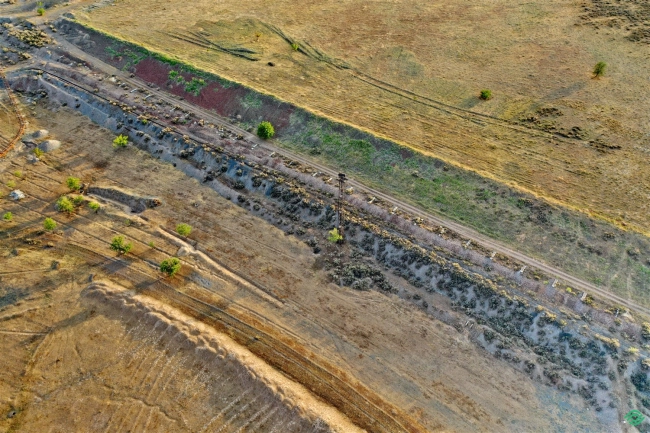
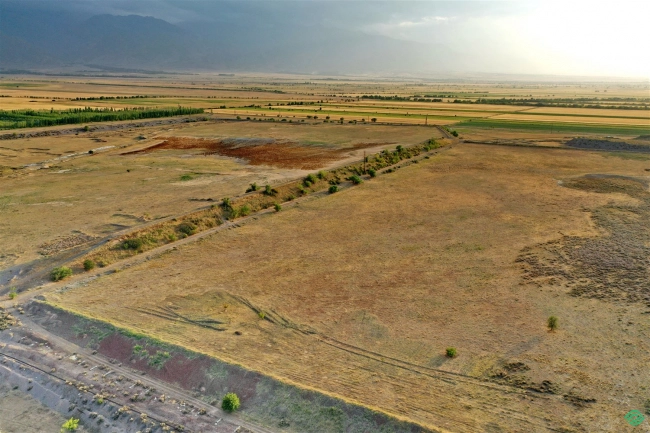
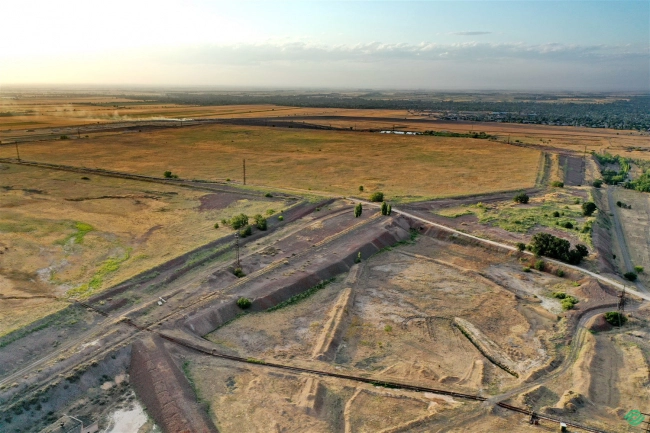


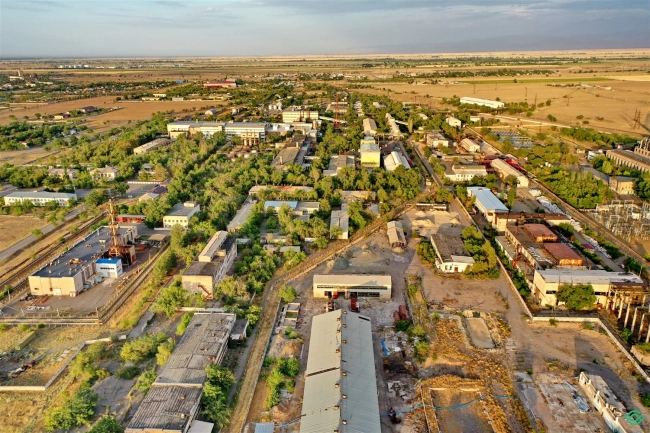
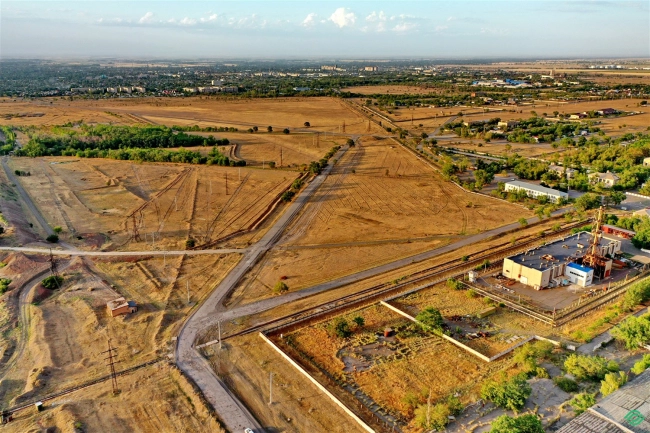


















Attention: Information based on submitted complaints